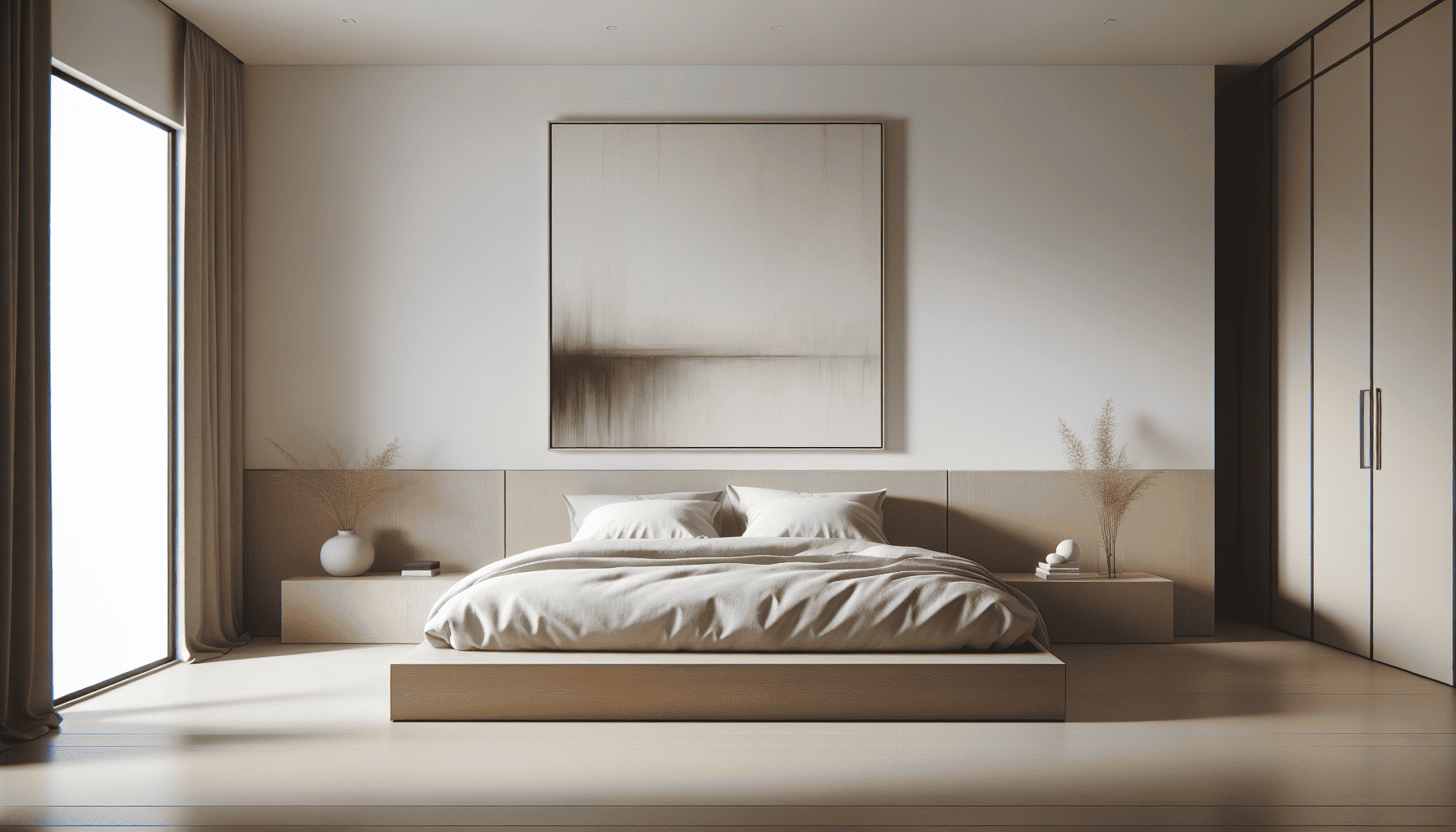In recent years, the minimalist design trend has gained significant popularity, capturing the essence of simplicity and functionality in creating elegant spaces. The mantra of this movement, "less is more," speaks directly to those who appreciate clean lines, open spaces, and a reduction of clutter. At its core, minimalist design centers around the idea that a space should serve its purpose with as few elements as possible, each thoughtfully chosen to enhance the room's overall aesthetic and functionality.
One of the primary advantages of minimalist design is its ability to create a sense of tranquility and order. By decluttering, individuals can reduce stress and anxiety, resulting in a more peaceful and serene environment. Simple spaces encourage clean living, creating a mental and physical space where individuals can focus on what truly matters. Minimalist design is not about empty spaces; it's about filling spaces with purpose and intention.
Functionality is another cornerstone of minimalist design. Rather than filling a space with numerous decorative items, minimalism emphasizes the importance of quality over quantity. This approach encourages individuals to select furniture and decor pieces that not only serve their intended purpose but also contribute to the overall cohesive look of the space. Multi-functional furniture, such as a sofa bed or a dining table with storage, is often favored for its ability to maximize utility without compromising on style.
A minimalist color palette typically features neutral tones, providing a soothing backdrop for daily life. Whites, grays, and beiges dominate these spaces, often accented by natural materials like wood and stone to introduce warmth and texture. The use of natural light further enhances the minimalist aesthetic, making spaces feel open and inviting.
For those looking to embrace minimalist design, a good starting point is evaluating existing furniture and decor. Consider each item's necessity and ability to contribute to the harmony of the space. Removing non-essential items can have a transformative impact, making rooms appear larger and more welcoming. It's also beneficial to invest in pieces that complement each other and the overall ambiance you wish to cultivate.
Additionally, incorporating minimalist principles doesn't mean forgoing personal style. The key is to express individuality through carefully selected elements. A single abstract painting, a statement lamp, or a unique piece of sculpture can act as a focal point in a minimalist room, adding character while maintaining the overall theme of simplicity.
User ratings and reviews can also be valuable when curating a minimalist space. Other consumers' experiences with particular brands or products can provide insights into quality, durability, and functionality. Seeking out top-rated items that align with minimalist ideals can aid in creating a space that is both stylish and practical.
Ultimately, minimalist design is about more than aesthetics; it is a lifestyle choice that promotes mindfulness and clarity. By letting go of excess and focusing on what truly matters, minimalist spaces create environments that nurture both body and soul. As more people begin to understand and embrace the benefits of simplicity, the appeal of minimalist design continues to grow.
